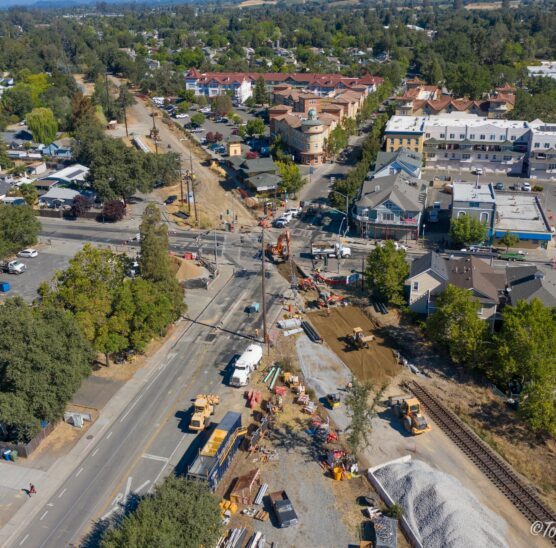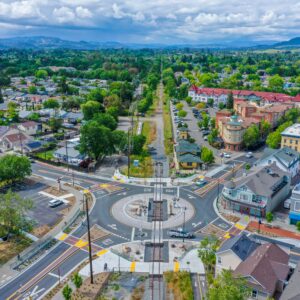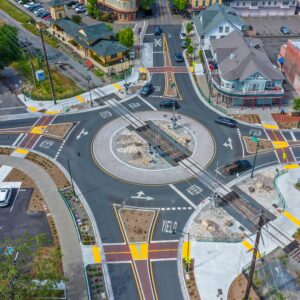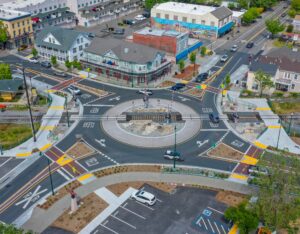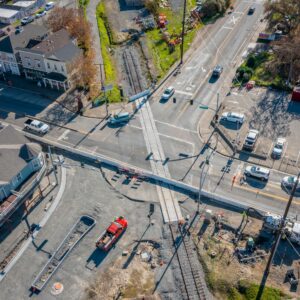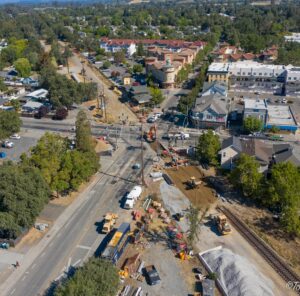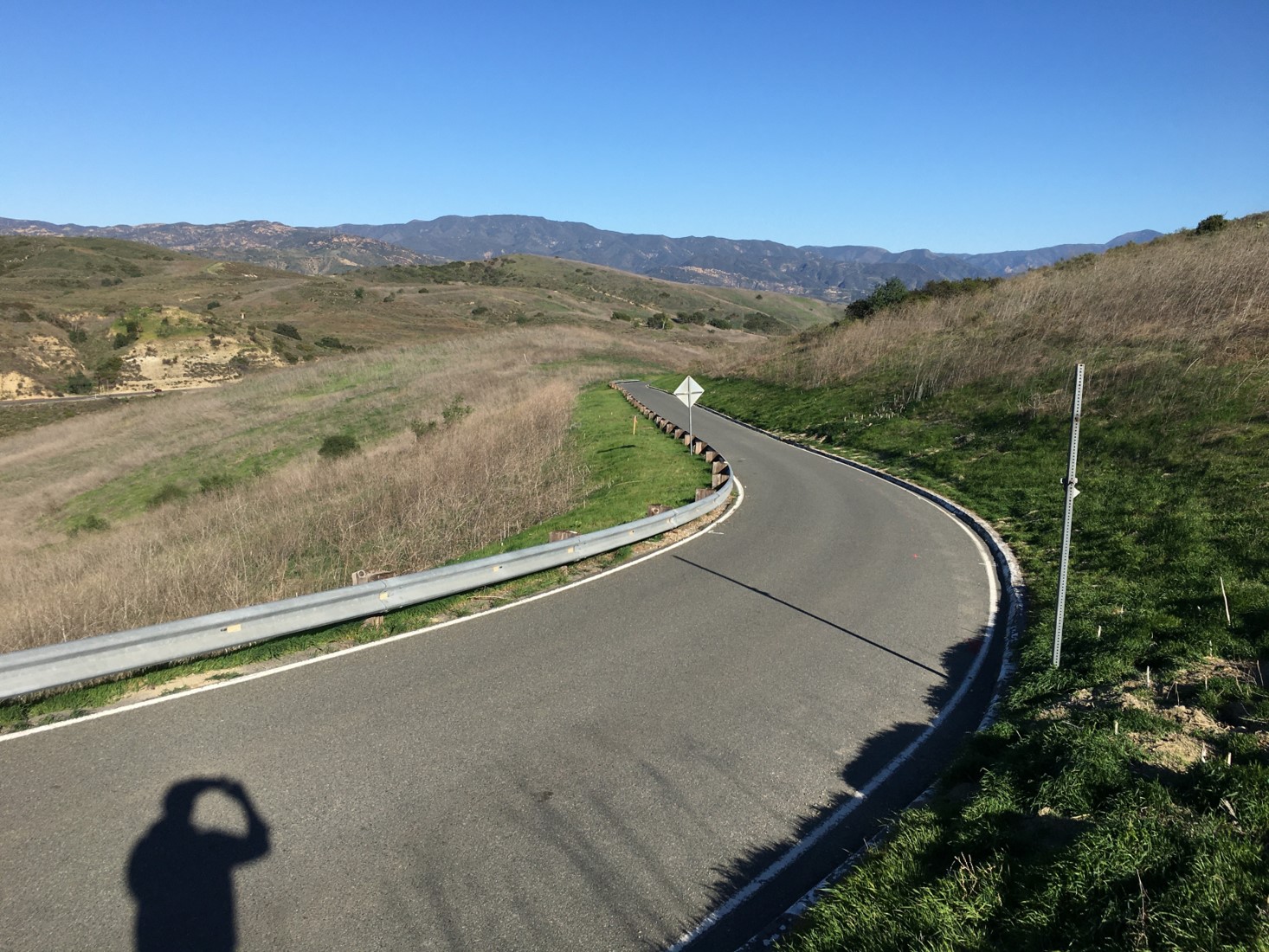The Windsor River Road and Windsor Road Intersection Improvement and Multi-Use Pathway Connector Project
Location
Windsor River Road and Windsor Road
City or County Responsible for Project
Windsor
Category
Safety or Intelligent Transportation System Projects
Description
The Windsor River Road and Windsor Road Intersection Improvements and Multi‐Use Pathway Connector Project is a transformative transportation project with unique challenges but also substantial benefit for the community it serves. For this project, the Town of Windsor hired GHD to provide project planning, public outreach, permitting, grant assistance, design, and engineering services during construction. The scope of work included construction of a roundabout, at‐grade rail crossing safety devices, pedestrian crossing safety improvements, and a multi‐use pathway segment. The results of the project are improved safety, enhanced multi‐modal connectivity, environmental benefits, and a better sense of place and gateway into the downtown Town Green area.
The roundabout design created safer active transportation infrastructure at a complex intersection. The new design is expected to reduce the number of injury collisions by 75%. For pedestrians, crossing safety improvements included new sidewalks, realigned crosswalks, ADA curb ramps, and refuge medians. The project also added a 760-foot connector segment to a regional multi-use pathway. These safety enhancements were in place on schedule to enable Sonoma-Marin Area Rail Transit (SMART) passenger train service to begin in Windsor.
There are substantial environmental benefits from this project. By increasing multi-modal possibilities, 541 Vehicle Miles Traveled are saved by shifting those miles to other modes. The design also prevents delays and idle time at the intersection saving motorists 136,252 hours over the next twenty years and reducing vehicle emissions by 63,804 tons of Carbon Dioxide over the same time period.
The project is also highly cost effective, with benefits outweighing project capital costs by a significant margin. A comparison was prepared of the 20‐year lifecycle costs for a signalized intersection versus the roundabout that was selected for the project. The lifecycle costs included capital costs, operations and maintenance costs, construction detour/delay costs, collision costs of predicted crashes, delay cost, and fuel and emissions costs. Over a 20‐year period, a $4.5 million savings is predicted with the chosen design compared to a signalized intersection.
As the Windsor Town center develops, the aesthetics of the roundabout identifies the area as a place that is central to the community. The new design creates infrastructure that local residents and businesses can not only use but take pride in while helping to establish Windsor’s identity for visitors.
Project submitted by
Name
Matt Wargula
Job Title
Technical Director – Transportation
Organization
GHD
Address
2235 Mercury Way Suite 150 Santa Rosa CA 95407
matt.wargula@ghd.com
Phone
707-540-9689

